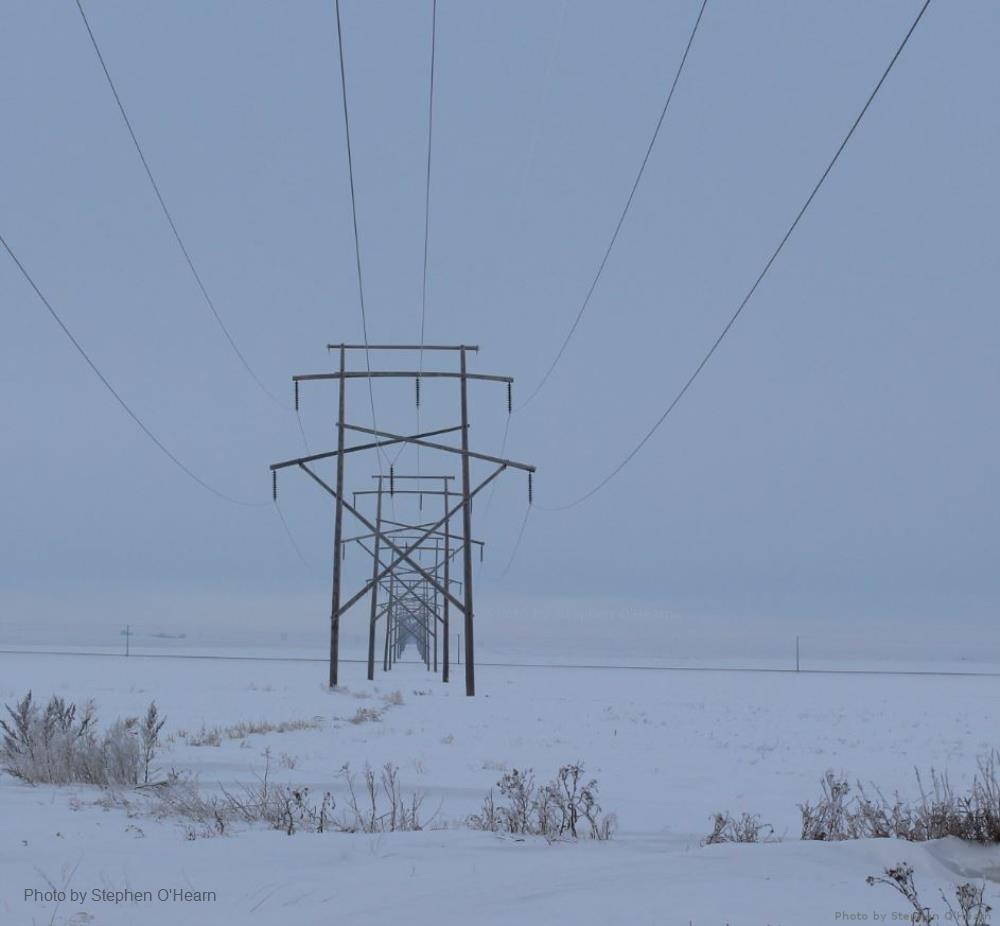
Related items loading ...
Section 1: Publication
Publication Type
Journal Article
Authorship
Kang, M., Brennan, S., Fernandez, D.P., Yang, Z., Girard, I., Gammon, P., de Laplante, G., Skierszkan, E.K., Bataille, C.P.
Title
Controls on lithium isotope spatial variability across the Yukon River: Implications for weathering processes in a warming basin
Year
2022
Publication Outlet
Geochim. Cosmochim. Acta 343, 1-19
DOI
ISBN
ISSN
Citation
Kang, M., Brennan, S., Fernandez, D.P., Yang, Z., Girard, I., Gammon, P., de Laplante, G., Skierszkan, E.K., Bataille, C.P. (2022). Controls on lithium isotope spatial variability across the Yukon River: Implications for weathering processes in a warming basin. Geochim. Cosmochim. Acta 343, 1-19.
https://doi.org/10.1016/j.gca.2022.02.016
Abstract
With ongoing global warming and permafrost thawing, weathering processes will change on the Yukon River, with risks for water quality and ecosystem sustainability. Here, we explore the relationship between weathering processes and permafrost cover using elemental concentration and strontium and lithium isotopic data in the dissolved load of 102 samples collected during the summer across most major tributaries of the Yukon River. The Yukon River basin is dominated by silicate weathering with a high contribution from young volcanic rock units. In glaciated mountainous zones, we observe higher carbonate weathering contribution, low Li/Na ratios and low δ7Li values (<15‰). In these areas, the high denudation rate and high supply of fresh minerals associated with alpine glaciers favor congruent silicate weathering, and sulfide oxidation accelerates carbonate weathering. In floodplains covered by continuous permafrost, we observe a high carbonate weathering contribution, relatively high Li/Na ratios, and low δ7Li values (∼18‰). We argue that the minimal water–rock interactions in this setting inhibit silicate weathering and favor congruent weathering of easily weatherable minerals (i.e., carbonates). Conversely, in areas with discontinuous or sporadic permafrost, we observe a dominance of silicate weathering, with higher and more variable Li/Na ratios and high δ7Li values (11–33‰). In this setting, longer water–rock interactions combined with the high supply of fresh minerals from mountain zones favor more incongruent weathering. The unique history of Pleistocene glaciations on the Yukon River basin also influences weathering processes. Many areas of the basin were never glaciated during the Pleistocene, and rivers draining those regions have higher δ7Li values suggesting more incongruent weathering associated with deeper flow paths and longer water residence time in the regolith. Our work underlines that water–rock interactions, including active layer weathering and groundwater inputs, are highly dependent on climate conditions and glacial processes across the Yukon River basin, with key implications for future water quality in this warming basin.
Plain Language Summary
Section 2: Additional Information
Program Affiliations
Project Affiliations
Submitters
Publication Stage
Published
Theme
Presentation Format
Additional Information
Geogenic Contamination of Groundwater Resources in Subarctic Regions, Refereed Publications


 GWFNet
GWFNet Master
Master Data
Data Research
Research Map
Map
 Advanced
Advanced Tools
Tools
 . . .
. . .
 Metadata Editor
Metadata Editor
 Record List
Record List
 Alias List Editor
Alias List Editor
 Legacy sites
Legacy sites